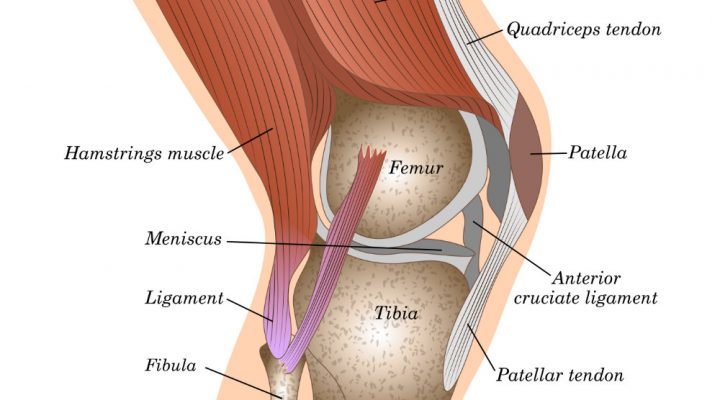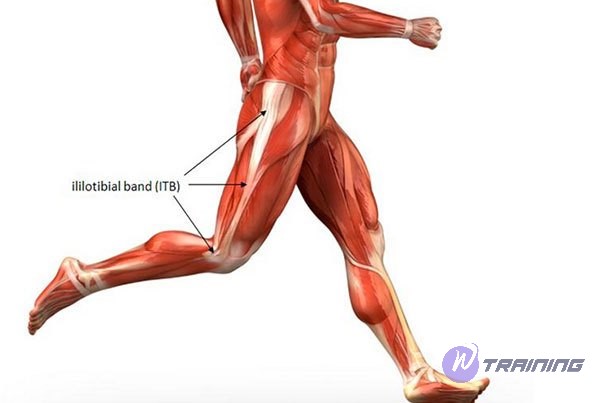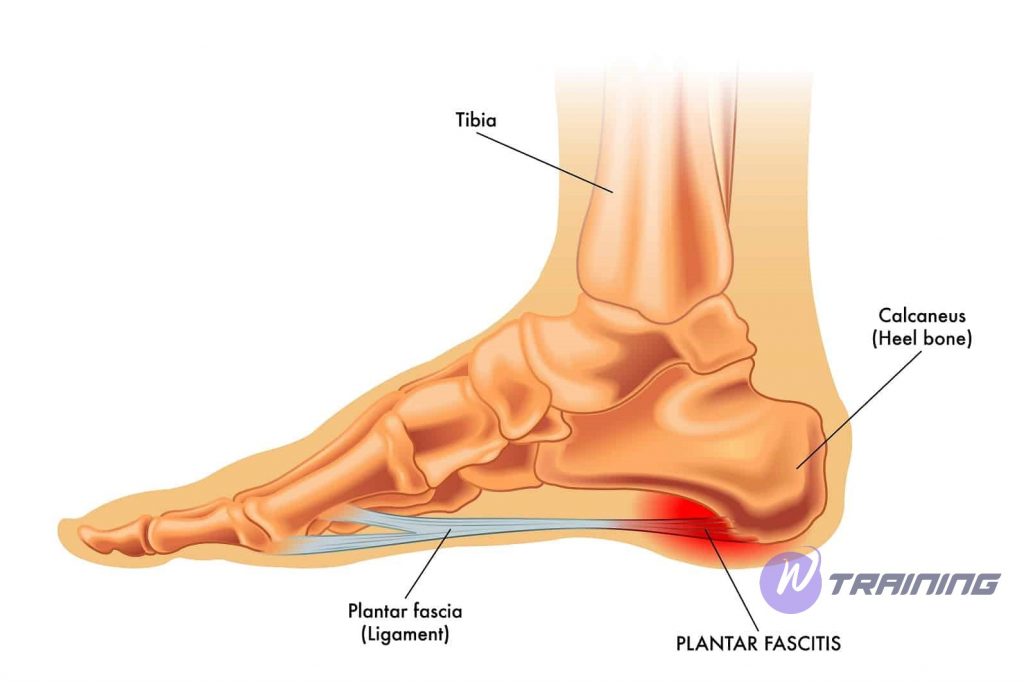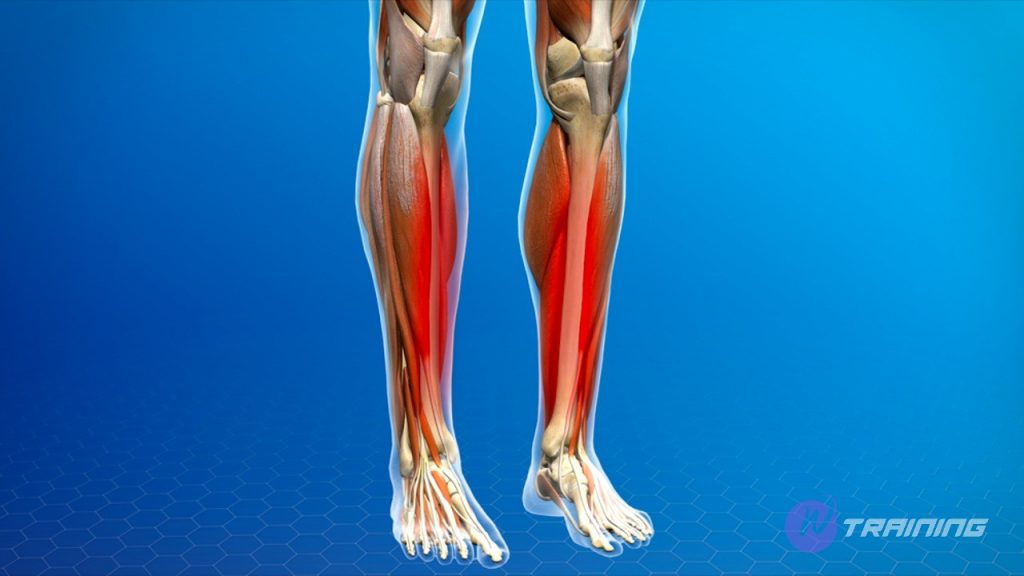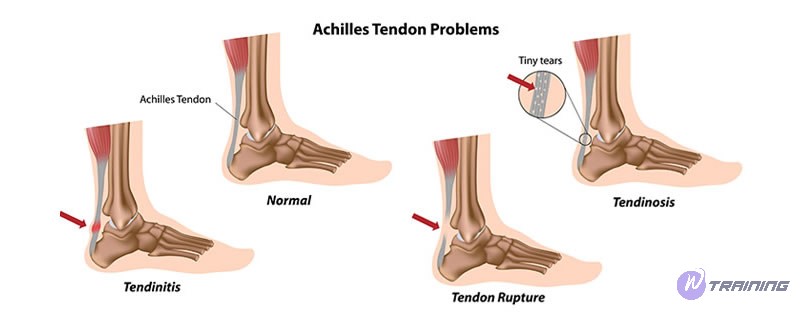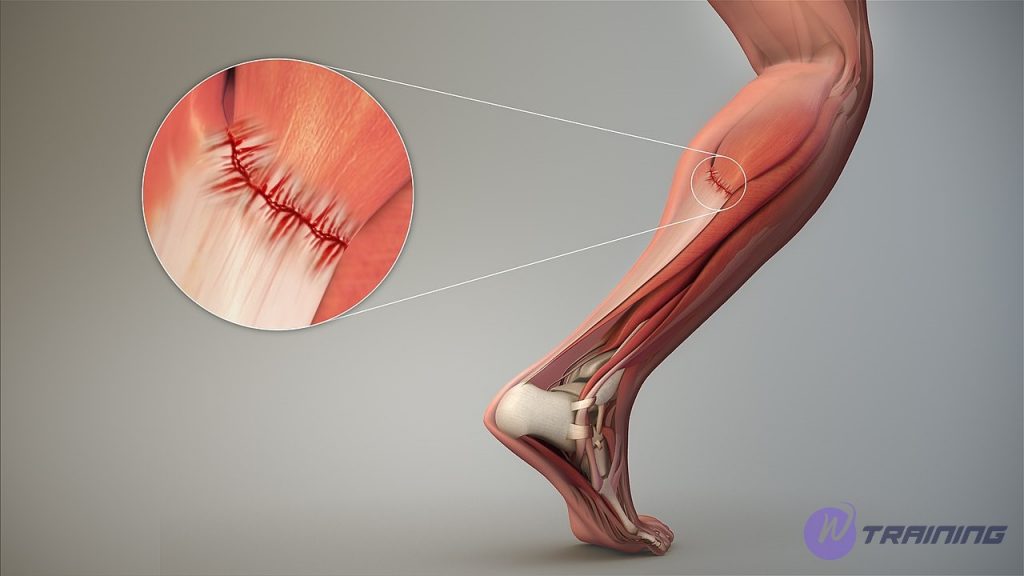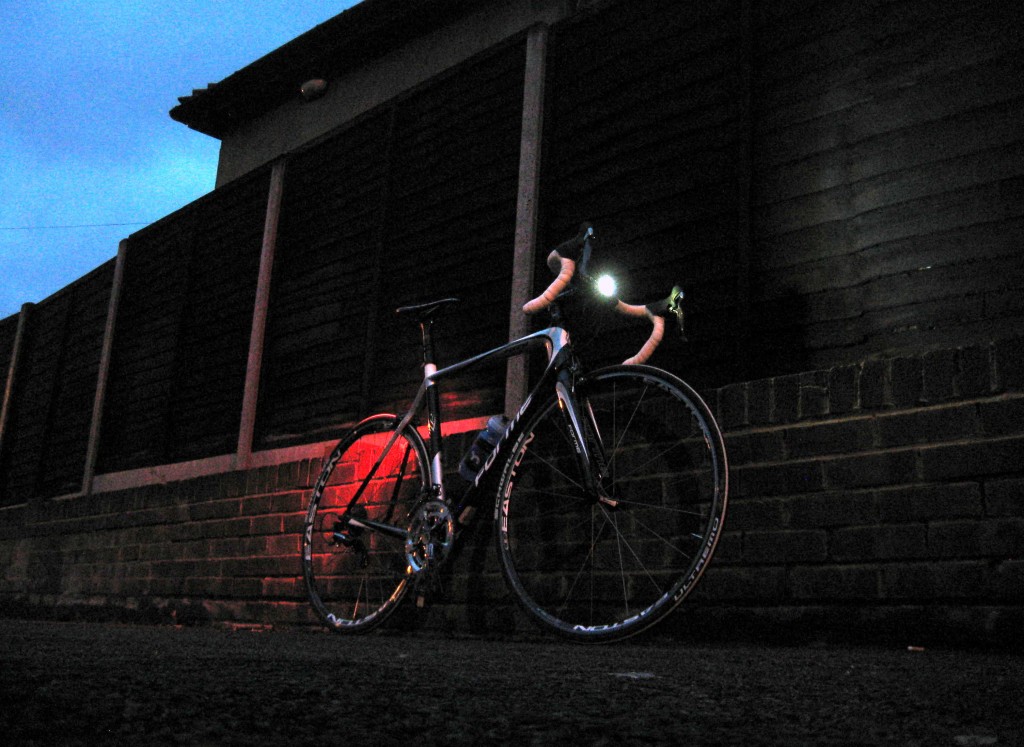For those who are passionate about the sport of running, injury is inevitable. Most injuries are caused by too much exercise intensity and sudden changes in exercise volume. Whether novice or professional athletes everyone has had the pain of visiting. Here are the 9 most common running injuries.
About running injuries
Common injuries in most cases originate from the cumulative effects of bad technique, which leads to overloading (more bodyweight at the wrong time and place) and misuse (making them do what they are not supposed to do) of support tissues. The first phase of an injury is the acute phase. During this phase, you suffer pain and have to miss training days. As a result, you either self-medicate, just wait for the pain to subside, or get medical help. The good news: In all three scenarios, you usually get better. The bad news: The pain and injury frequently come back and you start the vicious cycle over again. Over time, the injury becomes chronic and something you just have to deal with.
The reason for this never-ending injury cycle is that you are treating the symptom, not the cause. You have to correct the technique flaw that is the cause of the injury. The approach in this chapter is to be a technique doctor. Injuries will be addressed by correcting the technique error, which is the root cause. The goal is to stop the injury cycle.
Your error will occur in one of the three Pose frames. By giving this frame special attention you will bring your deviation back to the standard. In this way, your injuries can teach you hard but valuable lessons about your technique. The right diagnosis is key. Pain and injuries are almost always the results of how you land. Most of the problems are caused by overstriding (landing with your foot in front of your body) and bending at the waist. This puts your body in a vulnerable position.
See also: Running To Boost Your Immune System, Prevent Viral Infection
Most common running injuries
1. KNEE PAIN
The main cause of knee pain is landing ahead of your body (overstriding). This happens in two common ways:
- Landing ahead of body with a locked knee
- Landing ahead of your body with an overbent knee
Both of these variations put undue stress on the knee joint and the tendons, cartilage, and ligaments around the joint. The leg can’t act like a spring when it lands ahead of the body or is locked. Thus, the joint absorbs the impact. The knee joint is not designed to bear extended weight and load. This is the job of the muscles.
Corrective
- Fall forward and begin to run, focusing on pulling your foot under your hip and landing on the ball of your foot, feeling the natural spring action of the foot.
- Run for twenty to thirty meters.
- Repeat for three to five sets.
2. IT BAND PAIN
Since it is in the same quadrant as knee pain, it has a similar cause: landing ahead of your body. The main variation is what is defined as a wide landing with locked ankles and knees that do not allow forward progression of your hips.
This means you land outside the natural width of your hips (your feet are too wide apart on landing) and can only move forward by bowing out your legs. This causes excessive lateral movement. With each wide landing like this your hips (general center of mass) have to adjust and compensate for extended support time. This makes your IT band angry.
Corrective
Do five sets of ten reps of the forward change of support drill (p. 131) to execute hip movement forward.
3. PLANTAR FASCIITIS
Again, landing ahead of your body and a rigid (tense) ankle and foot are the root cause of this rampant injury. For plantar fasciitis this has four variations:
- Heel strike followed by neutral strike pattern that causes foot slapping and the tension of the foot
- Midfoot strike with a tensed foot
- Tense active landing—tensing toes and cupping foot, and actively forcing it down
- Shoes that are too small, forcing foot into that cramped position
Corrective
- Complete all three bodyweight perception drills
- Jump rope for one minute and work up to three minutes, focusing on rhythm and reinforcing a proper landing pattern on the balls of your feet.
4. SHIN SPLINTS
Landing ahead of your body is again the culprit, causing the lower leg to land at an angle, instead of perpendicular to the ground (this also causes stress fractures and compartment syndrome). This creates a shearing effect on the shaft of the tibia bone when the load is applied. Joints are designed to accept and unload, not accept and hold. Also, there is an impact during active landing, which produces a shaking effect and leads to a separation of the periosteum tissues from the bone.
Corrective
Complete ten reps of the pony and change of support drills, resting thirty seconds between each. The idea is to wire your body for landing with your foot under your hip without loading the tibia.
5. LOW BACK PAIN
Another one of the running injuries list is low back pain. Landing with the foot out ahead of the body is, once again, the main cause. The lower back suffers when you compensate for this landing by bending forward with your upper body, instead of keeping your torso in a vertical position.
Corrective
Complete five reps of wall-fall drill 2 from the springiness position, and five reps on each leg from the running Pose. Focus on falling from your lower body, keeping your upper body aligned vertically throughout the fall.
6. ACHILLES TENDONITIS
This is most often caused by landing with the ankle joint locked so the heel is not allowed to touch the ground. This puts the Achilles in a stressed position and can’t lengthen to absorb the impact. The other cause is pushing off the foot to create forward motion. Both of these technical issues create opposing forces, which do not allow the Achilles to lengthen properly and unload. This also has effects up the chain. Your Achilles is your first line of defense for absorbing impact that then ripples out through the rest of your body. If it can’t accept the load, the rest of the body suffers.
Corrective
- Jump rope on one or two legs at a cadence of 3 jumps per second or 180 jumps per minute. Three to five sets of thirty seconds to one minute in length.
- Pony drill with the forward movement. Three to five sets of twenty meters at a time.
- Go for a light run of one to three minutes in length. Three to five sets with the focus on relaxing the ankles and allowing the heels to kiss the floor after landing on the ball of the foot.
7. MUSCLE STRAIN
Muscle strain is the last one on the running injuries list. It is common in athletes of all backgrounds and training levels – the runner is no exception.
Beginners are more prone to muscle tension because their muscles are not used to the high-impact nature of the sport. If you sprint or speed, you are more likely to get into it. Other causes of this condition include skipping warm-ups, exercising too early.
Correctives
- Most hamstring strains can be treated at home. It wasn’t as bad as a sprain, leading to a ligament tear. If you have recently had a hamstring strain, stop running immediately and apply the R.I.C.E method in place.
- Take a few days (or more) without running, apply ice for 15 to 20 minutes a few times a day, and place the injured leg high on a pillow to speed recovery and reduce swelling.
- Recovery time varies from runner to person, ranging from two weeks to three months, depending on the severity of the strain.
When the correctives of these running injuries do not work
Of course, it’s important to take into account the level of pain you are feeling. If you don’t experience a high level of pain, then you can likely correct the problem before it worsens into a stress fracture, worn-down cartilage, or tearing of a muscle or tendon. If your level of pain is high, however, then you should refrain from all running exercises altogether so that you don’t aggravate the injury.
Also, always remember to start slowly and build up. If you’re struggling with a workout or a drill sequence, don’t push it! Remember, an injury is not simply a setback, it’s an opportunity to correct a technique flaw, adjust your pacing, and become a better runner.
Injury is inevitable during practice. To limit that, you should perform the right movements, exercise and rest properly. If the running injuries are severe, you should see a doctor directly for prompt treatment. Continue to pursue your passion for running and listen to and care for your body.
Read more:
Running Boost Your Brainpower, Increase Intelligence
Does Running Lower Testosterone Levels?

